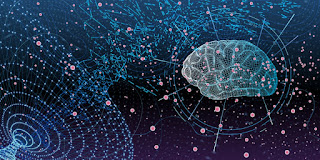DARPA Pushes "3rd Wave" of AI

Nimble Approach to Beat Global Competition in AI and Technology Development The US Defense Department's Advanced Research Projects Agency DARPA just announced a bold program to accelerate the "3rd wave" of artificial intelligence innovation. It's going to fund 18 month experiments of potential AI breakthroughs. Super Fast Turnaround To jumpstart this, DARPA is speeding up contracting and funding of innovative concepts to within 3 months of their initial announcement. The DARPA team will determine the value and the feasibility of the project within 18 months. The funding awards could be up to $1 million each. DARPA's Goal DARPA is the force behind the creation of the internet, GPS, cloud computing, drones and much more. It's mission is to provide the US military with overwhelming technological advantages. The purpose of this quick turnaround AI innovation advancement program is clear. DARPA wants the US to outpace competing global AI and techno











